
Austin Gantner, who graduates in May, has already secured a job at Google’s office in Boulder, Colorado. Photo by Sam O’Keefe
Austin Gantner knows exactly what his future holds:
Graduate. Tour Europe. Work for Google.
In that order.
Oh, sure, first there is studying for and passing final exams to get through: World Literature and Biotech and Film and a presentation and paper in Object Oriented Numerical Modeling. But for Gantner, a senior computer science student at Missouri S&T, the future is going according to plan. It’s a plan more than three years in the making; a plan that S&T advises students to follow; a plan the university actively encourages them to pursue.
“The best thing about S&T is that they let you go take a co-op while keeping your full-time student status,” says Gantner, a St. Louis native. “They make it easy for you to get the real-world experience you need to get a job after graduation.”
Gantner secured a co-op with Nucor Yamato Steel from January to August 2012. He worked full-time and part-time internships for Garmin from January to July 2013. And he nabbed an internship with Amazon.com from May to August 2014. He hit the ground running in all three.
“With internships and full-time work, you don’t get any training when you get there,” he says. “You’re expected to know it. It’s a trial by fire. At all three internships, I made contributions that are still in use today.”
But he believes that the last internship, the one with Amazon, really put him on Google’s radar, where just getting an interview is half the battle.
After an initial interview in October, Gantner was invited on-site in Boulder, Colorado, in early November. He studied for 10 hours before his first interview — and for 15 hours before the on-site trial.
In the on-site interview, he had to write code while Google team members watched, asking him questions about why he went about things the way he did. They wanted to know the thought process that went into it, looking for more than just a programmer, but instead for someone who could think logically about problems he would face in the job and articulate ways to solve them.
His day was broken up in to four 45-minute interviews. His lunch break wasn’t a break but pretty much an interview, too.
After spending the day in Boulder, the wait began. He was cautiously confident.
“There were a couple interviews I knew for a fact that I nailed,” Gantner said. “There was one where I had absolutely no clue how I did. And there was one where it could go either way.”
In late November, Google offered him a job as a software engineer. Of course he said yes.
“It’s the best place to work in the country — if not the world,” Gantner says.
And maybe it wasn’t just three years ago that he started on the road that has led him to Google. He came to Missouri S&T’s CHIP camp (Computer Highly Interactive Program), now known as CyberMiner Camp, before his senior year of high school. By then, he knew where his future was headed — to Missouri S&T.
“It was the only school I applied to,” Gantner says. “This is the place for me.”
By Joe McCune


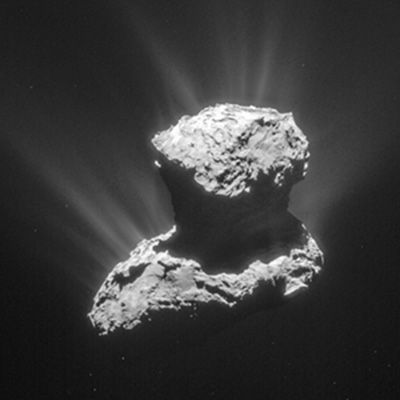
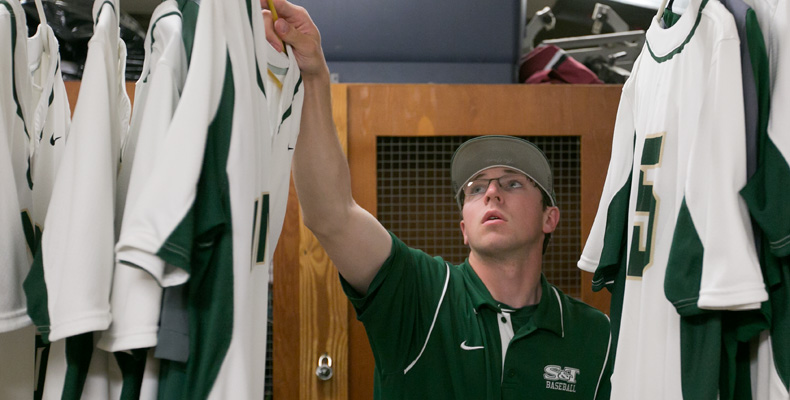
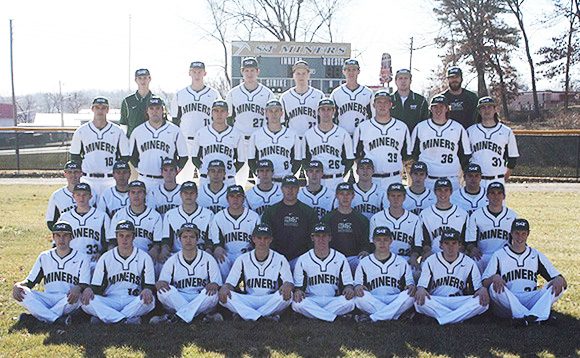
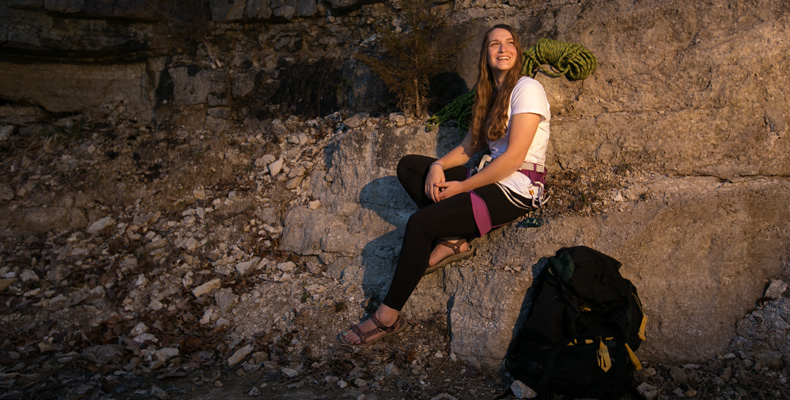
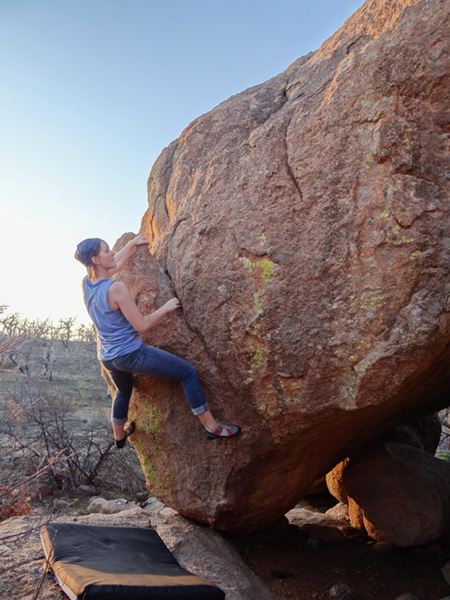
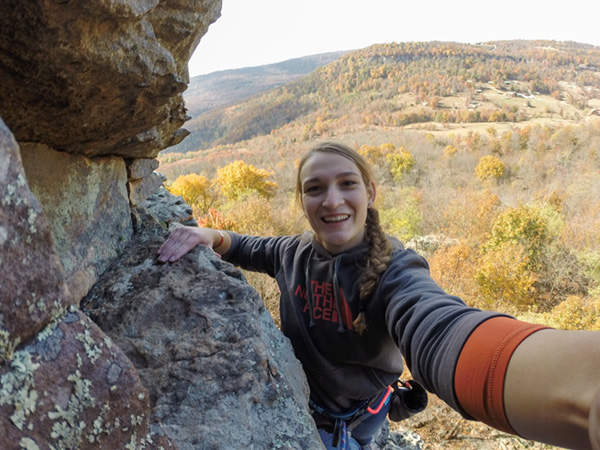
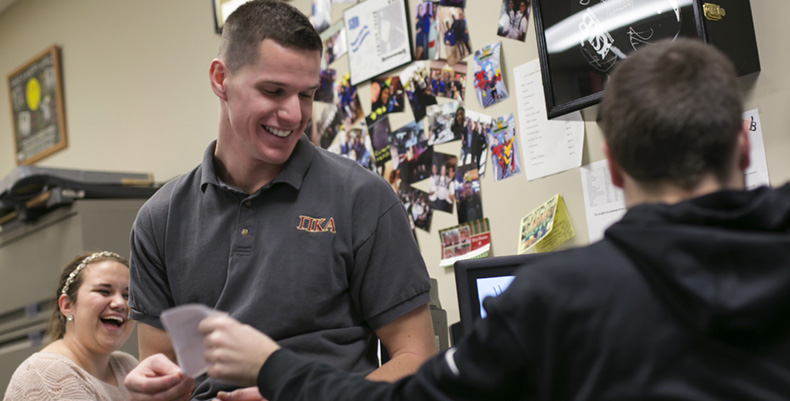
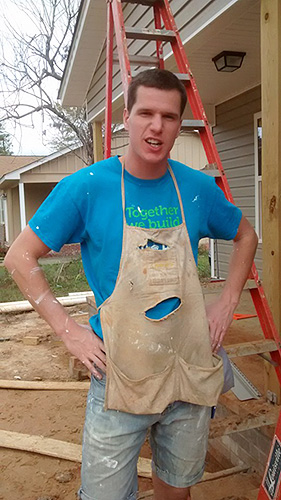
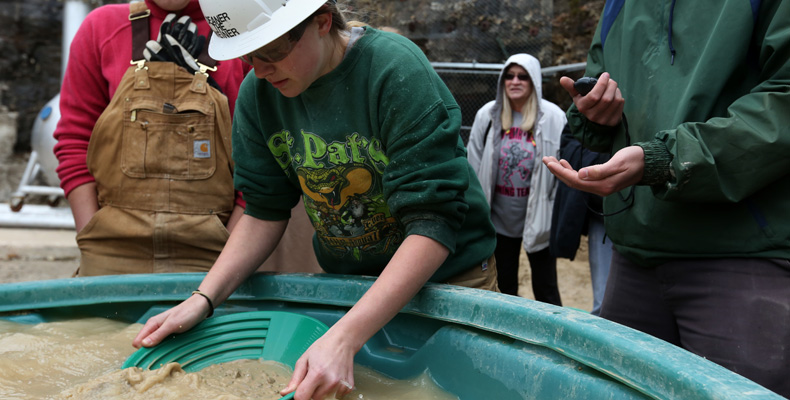
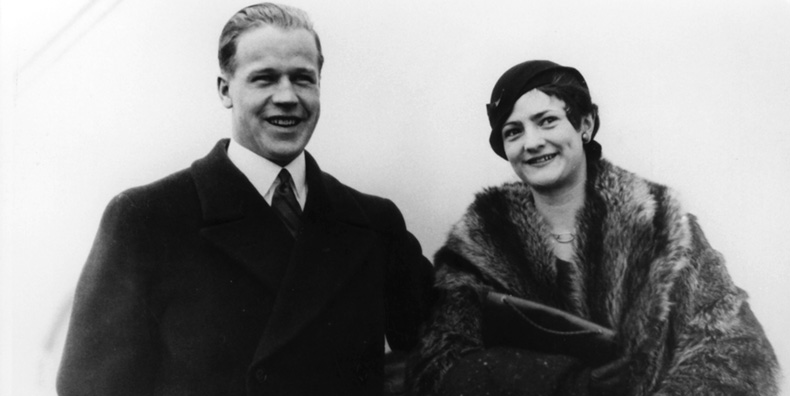
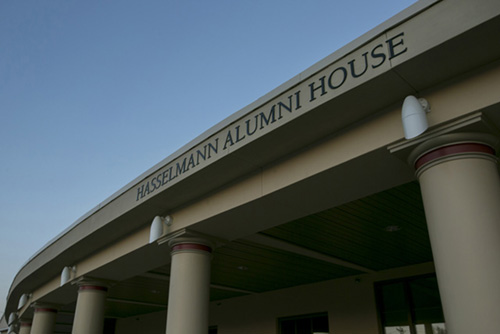
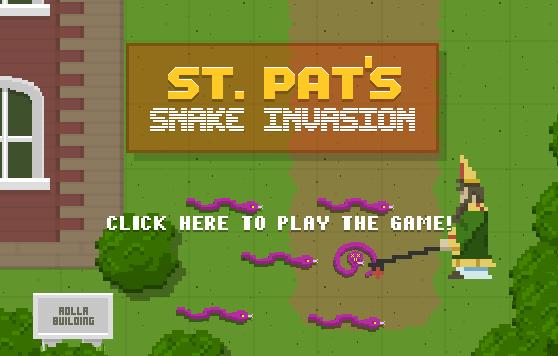
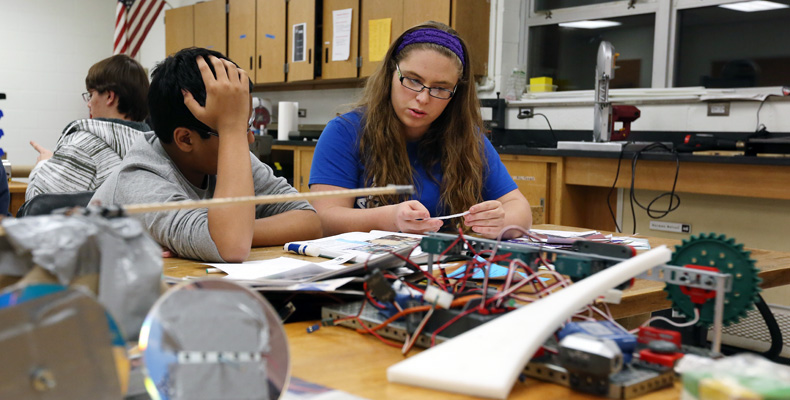
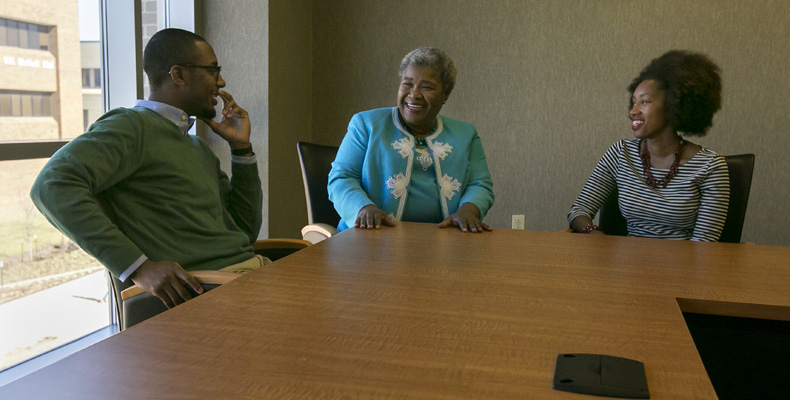
Recent Comments